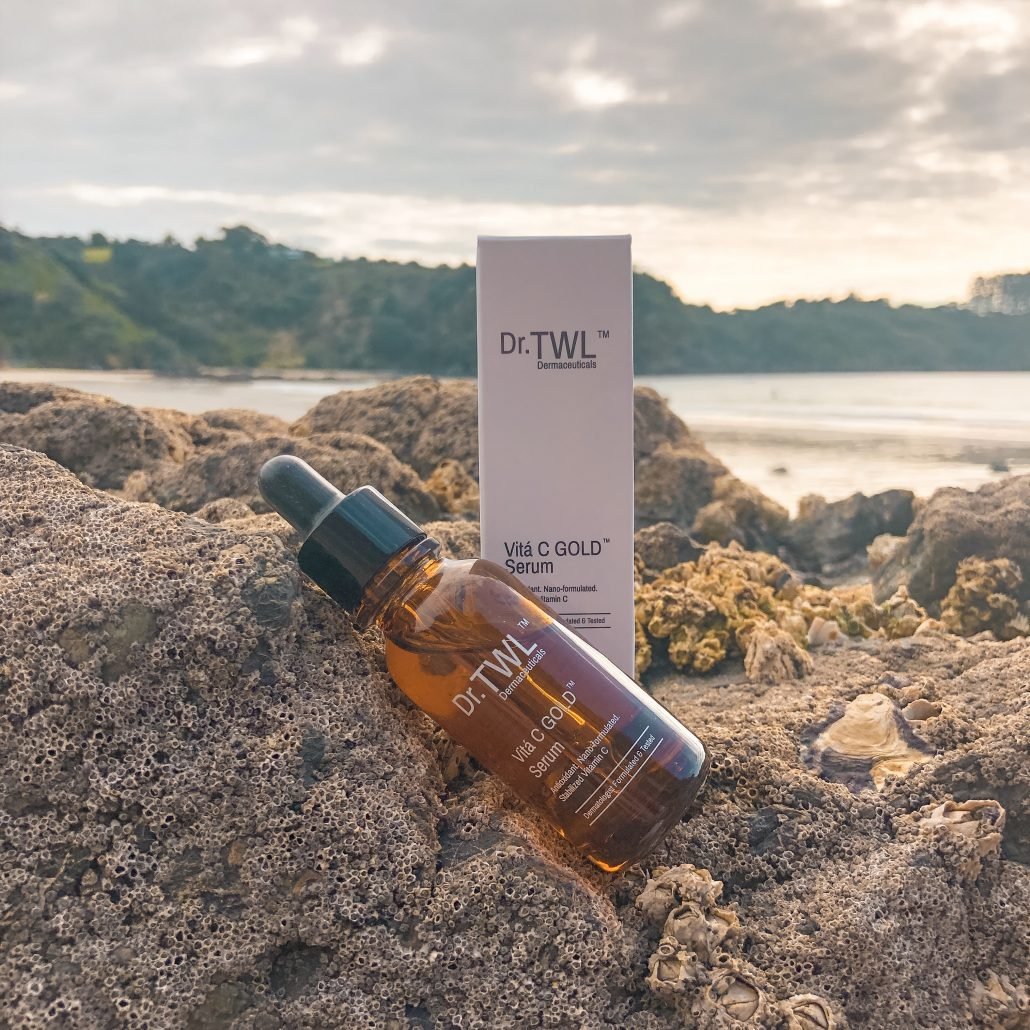Caffeine for Skin Benefit

Many of us start our days with some form of caffeine in our cups – and increasingly, on our skin. But just as actively as some people love coffee, others dislike it. Similarly, caffeine in our skincare is a controversial ingredient. These days it’s not surprising to find caffeine in the ingredients label at the back of our skincare products, but how many of us know what it’s doing in there?
In this ingredient spotlight series, we will go through the benefits of ingredients you can find in your skincare formulations – starting with the benefits of caffeine for the skin.
Since so many of us rely on a cup of coffee or tea to get going in the morning, it makes sense to assume that caffeine in a moisturizer or eye cream can help wake your skin up. It’s often present in skincare products with claims that it will brighten, reduce puffy eyes, or improve the look of cellulite. Caffeine is a vasoconstrictor, meaning that it constricts blood vessels. The idea of applying a vasoconstrictor on red, puffy skin reduces blood flow to the area. Therefore, this reduces the appearance of inflammation. But are these claims true? Do these products even work?
Here’s what the science has to say about the benefits of caffeine for skin:
Contains Antioxidants
No matter what is said about caffeine, one thing is true: it is rich in antioxidants.
It is established that UV rays can accelerate photoaging of the skin. Photoaging, is another word for sun damage. It frequently occurs in the most UV-exposed areas of your body such as your face. UV-exposure stimulates skin inflammation, making your skin cells secrete enzymes that break down the collagen and elastic fibers that keep your face looking firm and youthful. UV radiation also increases the production of free radicals leading to cell damage.
Antioxidants are the number one way to combat oxidative stress. It’s major role in scavenging free radicals can help to reduce the effects of photoaging and harmful sun exposure. Before UV damaged skin cells begin to increase, caffeine causes cellular division and apoptosis (cell death).
Gets rid of puffy eyes
The skin under your eyes is one of the thinnest in the body. Hence, it is easy for blood vessels to show through the skin. This results in a swollen and dark appearance under the eyes, otherwise known as puffy eyes.
Caffeinated eye creams may be able to perk up the eyes and decrease puffiness temporarily. However, these results are temporary. As an antioxidant, it does have anti-inflammatory properties. Furthermore, caffeine is vasoconstrictive, being able to decrease redness and puffiness. By narrowing blood vessels and calming the skin, caffeine can temporarily reduce under-eye bags. Additionally, caffeine also improves the microcirculation of blood in the skin. This helps to decrease the discoloration underneath the eyes. There is research showing that caffeine can decrease puffiness under the eyes. On the contrary, some studies have shown that the cooling effect of hydrophilic gels may be more effective.
To sum up, caffeine in your under-eye products may give you a slightly less puffy look, but the results are not long lasting. Daily use may be necessary to get the results you want.
Reduces cellulite
Cellulite is a cosmetic skin condition, where skin on the thighs, hips or other parts of the body has a dimpled, lumpy appearance. Buildup of fat under the skin causes this. It can also result from a variety of factors like hormones, pregnancy, genetics, weight gain or an unhealthy lifestyle. Some scientific literature suggests that caffeine prevents excessive accumulation of fat cells. Furthermoe, caffeine also stimulates degradation of fats in the process of lipolysis through inhibition of enzyme activity. One study showed the efficacy of slimming cream containing 3.5% water-soluble caffeine in the treatment of cellulite. The results showed significant improvements in the thigh and upper-arm area. However, long term effects were not evaluated.
Caffeine is also proven to be good at penetrating the skin barrier, and very readily absorbed into the bloodstream. For the most part, this isn’t a big deal with eye creams and moisturizers as there is little caffeine in them. Usually, there is only up to 3% caffeine in these products. However, caffeine toxicity from cellulite cream can become a problem when too high a concentrations of caffeine is applied on larger areas of skin. Therefore, one has to be carefully apply only a thin layer on affected areas.
Our verdict: like most ingredients, there are limits to what caffeine can do to your skin, but it can add value to your skincare products if used in the right amounts.

Taken by one of our users Ros Leon on a trip to Waiheke Island, New Zealand. The VITÁ C GOLD™ SERUM also contains certain plant-derived antioxidants like Camellia Sinensis, to boost it’s anti-ageing effects. Camellia Sinensis contains ~4% of caffeine for skin, providing anti-inflammation, UV damage control, and anti-ageing properties.










Leave a Reply
Want to join the discussion?Feel free to contribute!